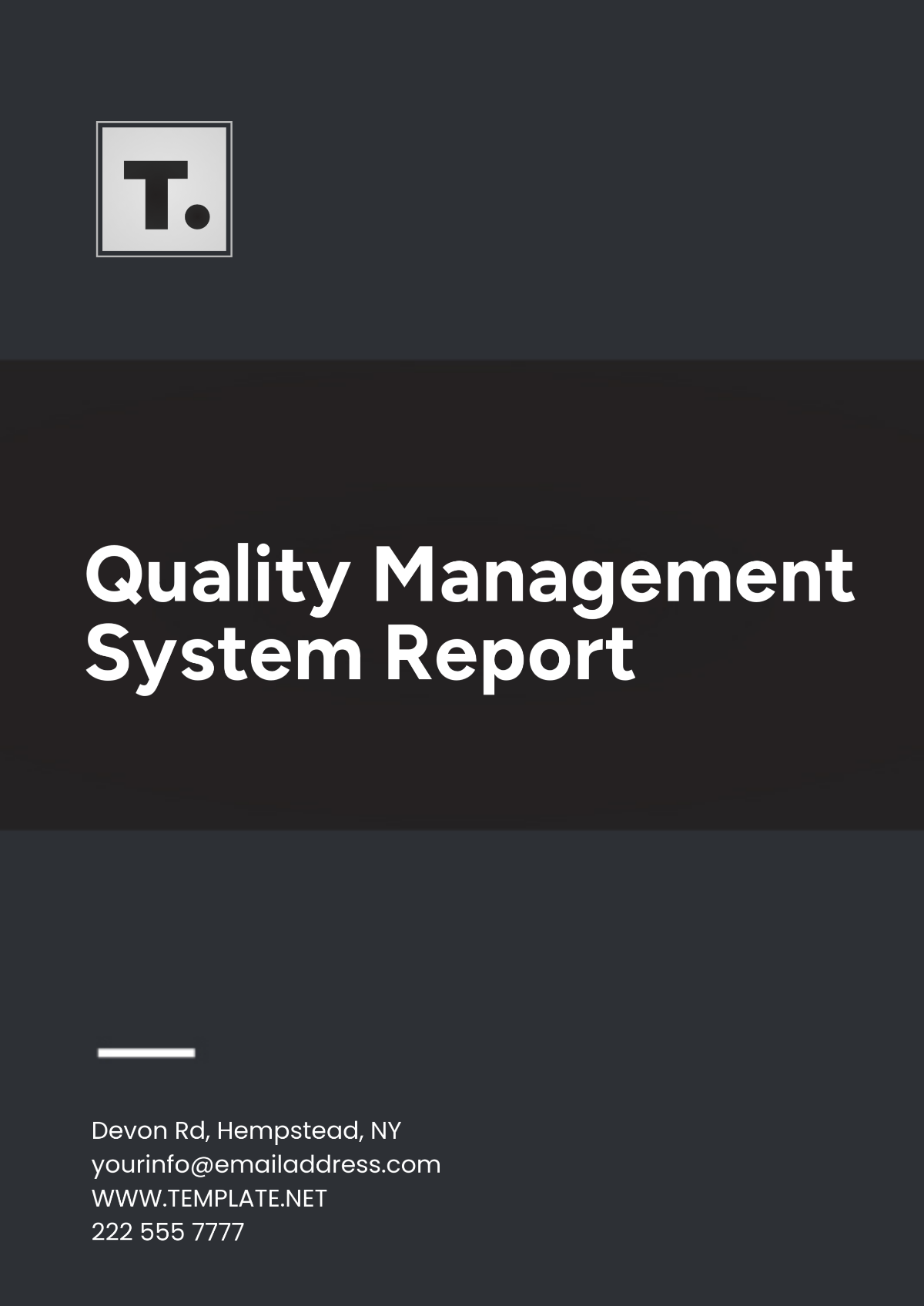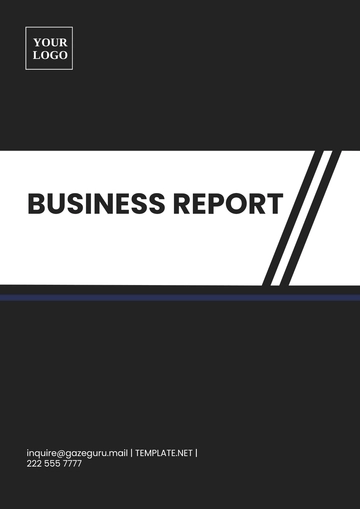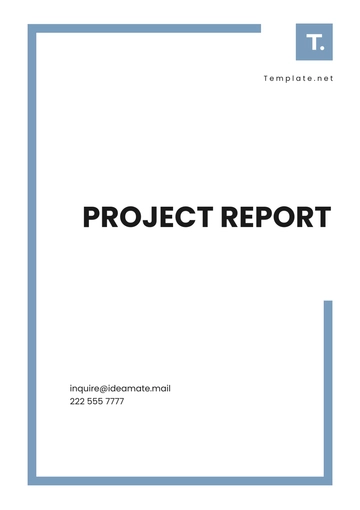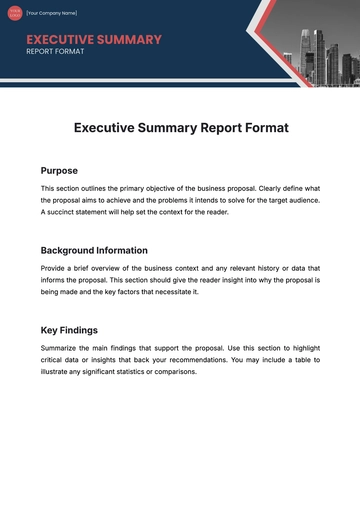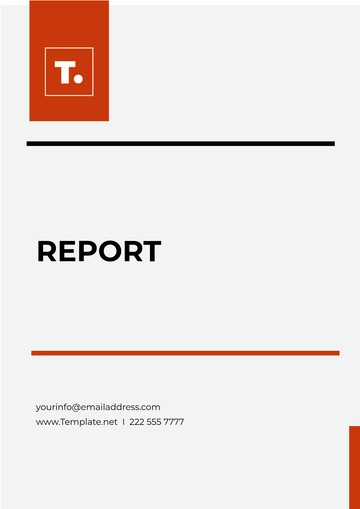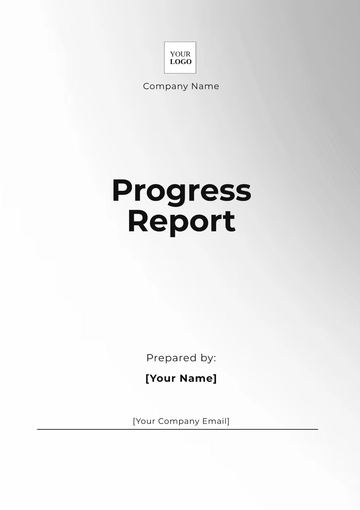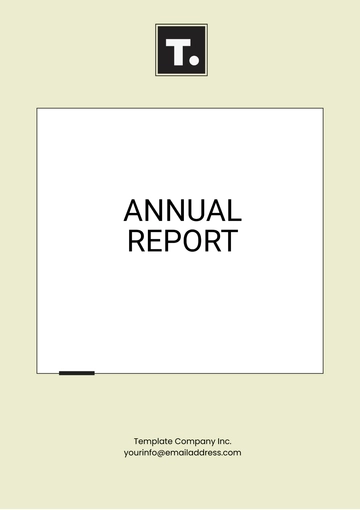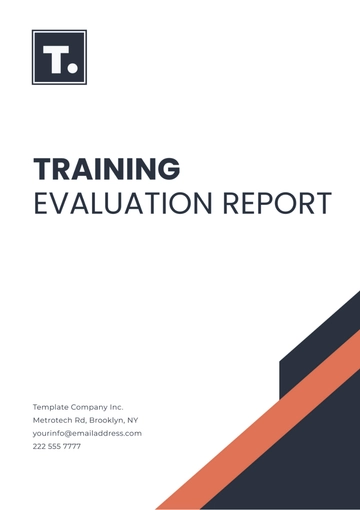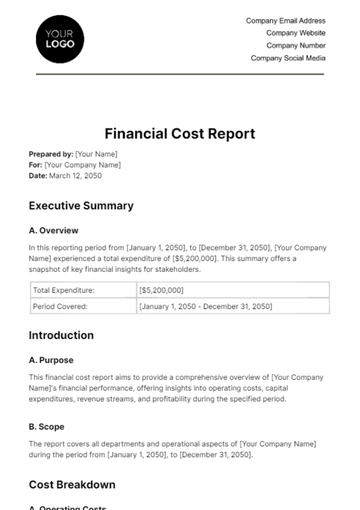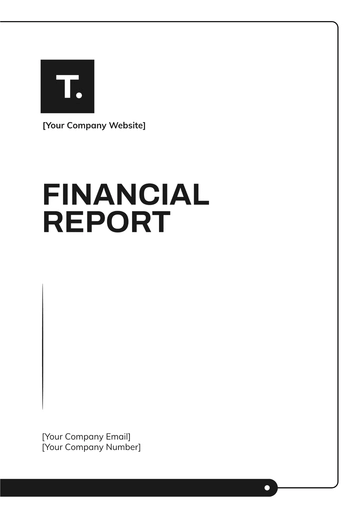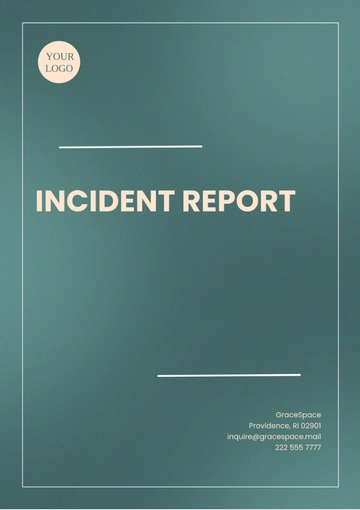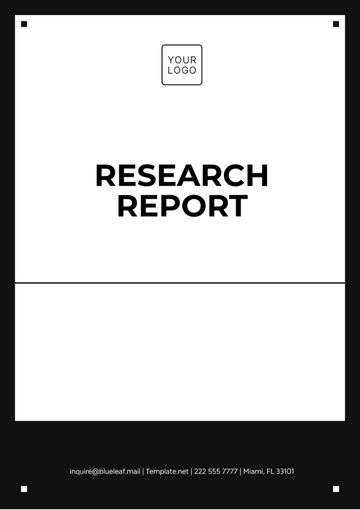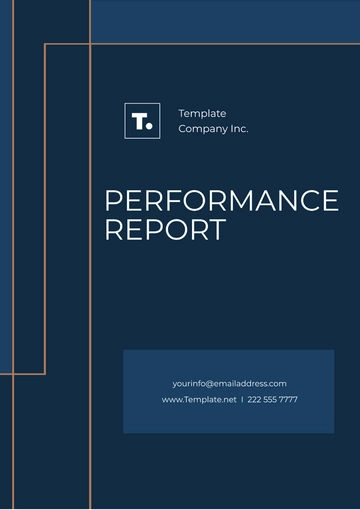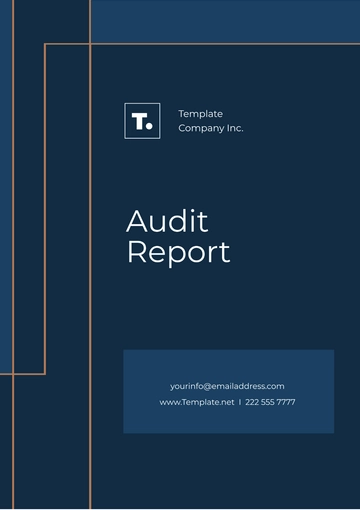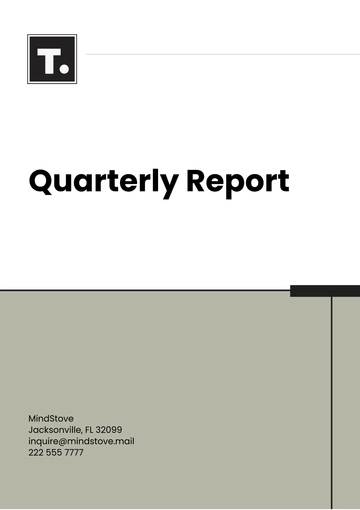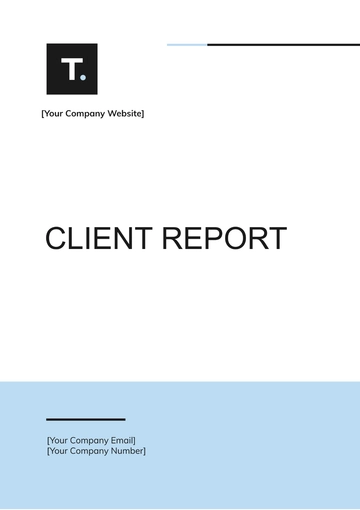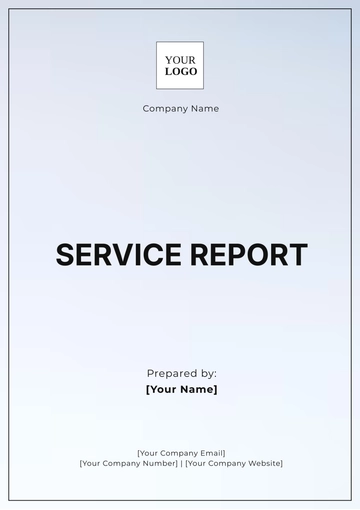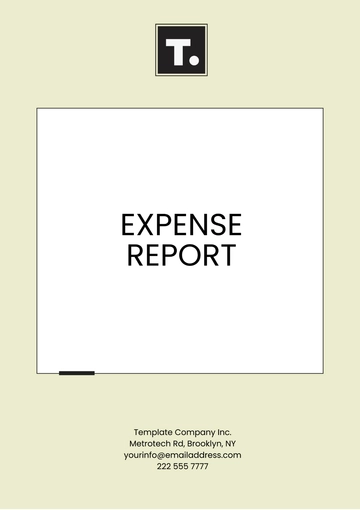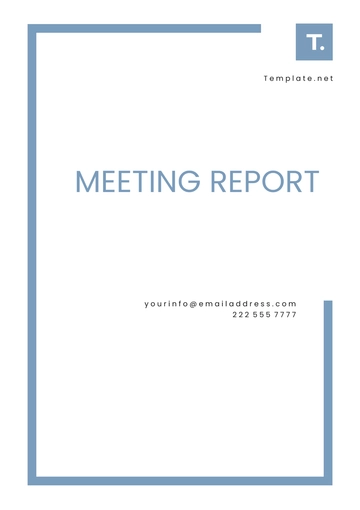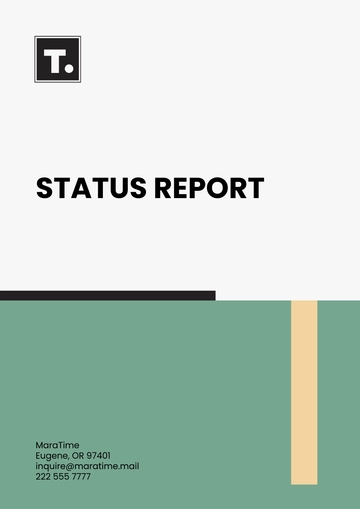Quality Management System Report
Prepared by: Quality Assurance Department
Date: November 29, 2060
1. Executive Summary
Purpose: This report evaluates the effectiveness of the Quality Management System (QMS) at [Your Company Name], focusing on product quality, process performance, and compliance with industry standards.
Scope: The report covers all operations within the manufacturing department, including product design, production processes, and post-production activities.
Key Findings:
The QMS is generally effective, with a compliance rate of 95% across key quality processes.
Areas for improvement include reducing defect rates in product assembly and enhancing supplier quality management.
Several corrective actions have been implemented to address minor non-conformities identified during internal audits.
2. Introduction
Background:
[Your Company Name] has been committed to maintaining high-quality standards in all of its products and services. The QMS is aligned with ISO 9001:2015 standards, and its primary goal is to ensure that products meet or exceed customer expectations while maintaining regulatory compliance.
QMS Objectives:
Improve customer satisfaction through consistent product quality.
Reduce operational inefficiencies and waste.
Ensure compliance with international quality standards and regulations.
Applicable Standards:
3. Methodology
Approach:
The evaluation was conducted through a combination of internal audits, performance reviews, and feedback analysis. Key departments, including production, quality control, and supply chain, were assessed for adherence to the QMS.
Data Sources:
4. System Structure and Components
Leadership and Governance:
Quality management is overseen by the Chief Quality Officer (CQO), with a dedicated Quality Assurance team responsible for day-to-day operations. Quality standards are communicated through monthly leadership meetings.
Quality Planning:
Document Control:
Training and Development:
Employees undergo annual quality training sessions, with specialized training for operators involved in critical processes.
A new training module on Lean Six Sigma will be rolled out in Q1 2061.
5. Performance Evaluation
Key Performance Indicators (KPIs):
Defect Rate: The overall defect rate has decreased by 10% compared to the previous quarter, with the goal to achieve a defect rate of less than 1% in the next 12 months.
Customer Complaints: There was a 5% decrease in customer complaints mainly related to product packaging, which has been addressed through process changes.
Process Efficiency: Production line efficiency has improved by 8% due to process optimization.
Internal Audits:
Corrective and Preventive Actions (CAPA):
Root Cause: Incorrect labeling in the packaging department was traced to an outdated manual process.
Corrective Action: Implemented an automated labeling system to reduce human error.
Preventive Action: Scheduled bi-annual audits of the packaging process to ensure compliance with updated procedures.
6. Continuous Improvement
Quality Improvement Programs:
Lean Manufacturing: A new Lean initiative has been introduced to streamline the production line and eliminate waste. The goal is to reduce production time by 15% by mid-2061.
Employee Involvement: A quality suggestion program has been launched, encouraging employees to contribute ideas for improving product quality and operational efficiency.
Feedback Mechanisms:
7. Conclusion
Summary of Findings:
The QMS is functioning effectively, with strong adherence to quality standards and a positive impact on overall product quality.
Some areas, such as supplier quality and labeling accuracy, require further attention.
Corrective actions are being implemented to address these issues.
Recommendations:
Continue with the implementation of Lean and Six Sigma projects to enhance process efficiency.
Improve supplier quality control by introducing more rigorous auditing processes.
Enhance training for employees involved in packaging to reduce labeling errors.
Next Steps:
Continue monitoring the impact of the automated labeling system.
Launch the next phase of the Lean initiative targeting the assembly line.
Schedule follow-up audits to assess the effectiveness of the corrective actions.
8. Appendices
Supporting Data:
Audit Records:
Report Templates @ Template.net
